Understanding the Impact of ABA on Teen Workforce Preparation
Applied Behavior Analysis (ABA) therapy is a well-established approach that aids in the development of critical skills necessary for teenagers with autism spectrum disorder (ASD) as they prepare to enter the workforce. While ABA is commonly associated with young children, it's equally effective for adolescents, offering tailored interventions that enhance independence, communication, and social interaction. This article explores how ABA therapy facilitates a smoother transition for teens with autism into professional environments, addressing critical aspects like transition planning, emotional regulation, and the invaluable role of family support.
Leveraging ABA Therapy for Skill Enhancement in Teens
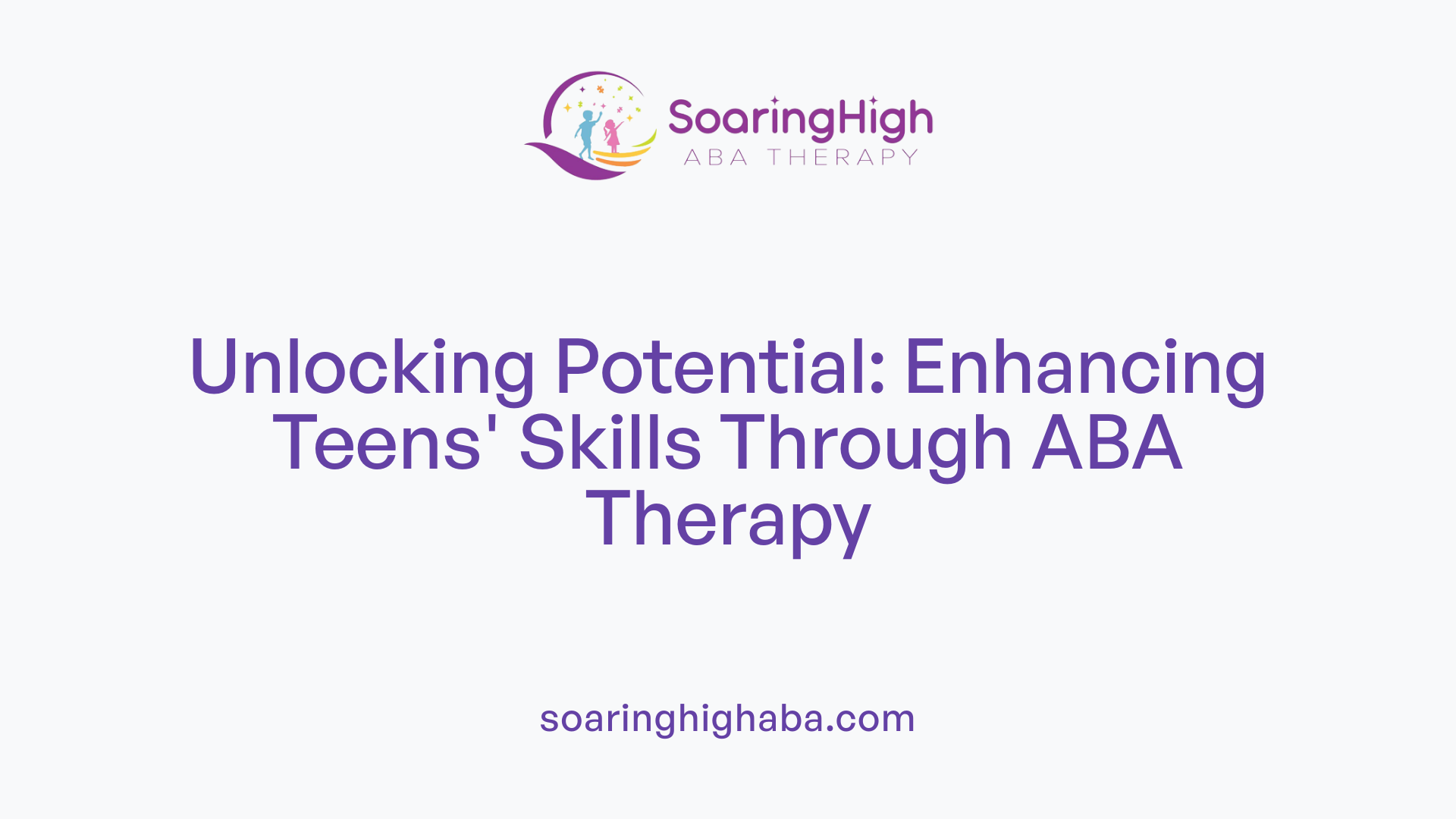
How does ABA therapy help improve skills for teenagers with autism?
Applied Behavior Analysis (ABA) therapy plays a transformative role in enhancing various skills for teenagers with autism spectrum disorder (ASD). By offering targeted interventions that cater to individual needs, ABA helps teenagers develop essential skills like independence, communication, and social interactions.
- Communication Skills: Teens learn how to express themselves effectively, fostering meaningful relationships with peers—an essential aspect of job settings.
- Life Skills: Through ABA, teenagers gain practical abilities such as navigating public spaces and managing finances, preparing them for adult responsibilities like college and employment.
- Social Skills: ABA focuses on improving social behaviors and reducing problematic interactions, equipping teens with the necessary skills to connect with others and thrive in workplace environments.
The therapy's structured nature, which includes pre-vocational services and special education goals within Individualized Education Programs (IEPs), ensures that students are not only learning these skills but are also fully prepared for post-high school challenges.
Moreover, with the introduction of innovative tools like the SOCIAL-Work virtual reality program, young adults with ASD are further supported in developing work-related soft skills like teamwork, communication, and professionalism—essential components sought by employers today.
Together, these aspects of ABA therapy empower teenagers with autism to transition smoothly into adulthood, ultimately enhancing their prospects in the workforce and personal independence.
Transitioning Teens with Autism to the Workforce
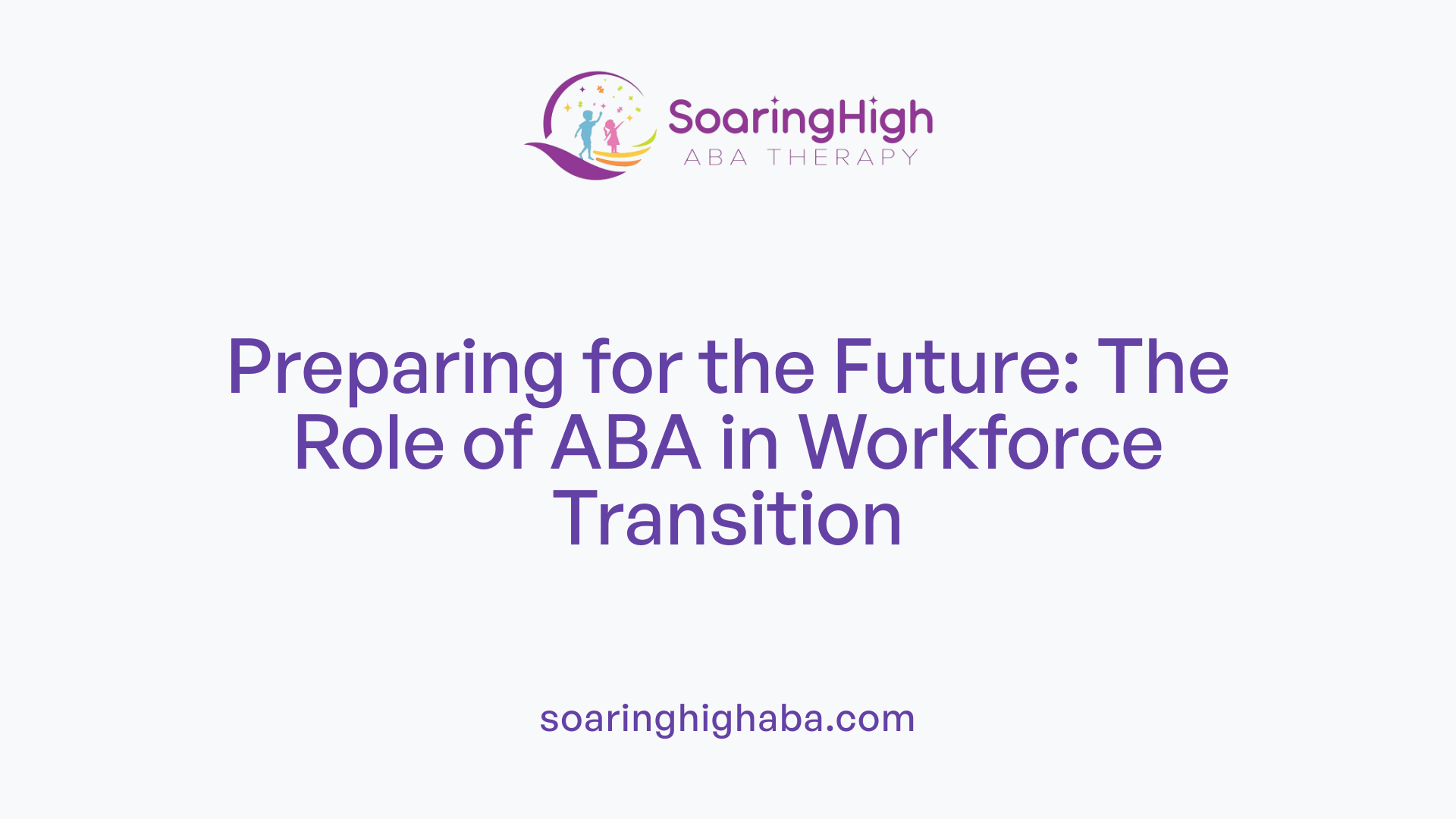
Role of ABA in workforce transition
Applied Behavior Analysis (ABA) plays a crucial role in helping students with autism spectrum disorder (ASD) transition into the workforce. This therapeutic approach teaches essential job skills through a structured method that breaks tasks into manageable steps, making learning more achievable.
The main components of ABA focus on improving both communication and social skills, which are vital for success in any workplace environment. By using positive reinforcement, therapists motivate students to engage with their education and practice new abilities.
How does ABA help students with autism transition into the workforce?
ABA helps students with autism transition into the workforce by:
- Teaching Essential Skills: Skills such as social interactions, communication, and daily living competencies are critical for employment.
- Customizable Programs: ABA methodologies can be tailored to meet the specific needs of each student.
Research indicates that early intervention with ABA significantly improves these capabilities when implemented regularly.
Additionally, techniques like Discrete Trial Training and Pivotal Response Training enhance motivation and engagement, enabling students to better prepare for workplace demands. Overall, the holistic approach of ABA is effective in equipping teens with the necessary skills for successful employment.
Early intervention importance
Starting vocational training as early as age 14 provides a vital opportunity for teens with autism. During this time, they can develop real-world skills essential for jobs or college, promoting independence.
By involving parents in this planning, students receive reinforcement of the skills learned through training. Furthermore, structured IEP goals that include soft skills have been shown to correlate positively with employment outcomes post-high school.
A well-rounded transition plan that integrates vocational education and empowers students helps them navigate their path to employment successfully.
Equipping Teens with Essential Skills Through ABA
What strategies within ABA therapy support emotional regulation and social skills for workforce readiness?
Applied Behavior Analysis (ABA) therapy plays a crucial role in enhancing both emotional regulation and social skills for teenagers, particularly those with Autism Spectrum Disorder (ASD). This is invaluable for preparing them for the workforce, where such competencies are essential.
Key strategies include:
Discrete Trial Training (DTT): This technique breaks down social skills into smaller, understandable parts, reinforcing each step, which helps teens develop foundational skills methodically.
Natural Environment Training (NET): By focusing on real-life contexts, this method encourages the application of social interactions in everyday situations, improving the generalization of learned skills.
Social Stories and Role-Playing: These tools provide personalized scenarios where teens can explore social norms and practice interactions, allowing them to better understand social cues and expectations.
Modeling: This approach enables teens to learn desired behaviors by observing and imitating others, which is effective in cultivating appropriate workplace behaviors.
Together, these tailored strategies foster vital emotional insights and interpersonal skills that support successful transitions into the workforce. As teens master these skills, they become more equipped to navigate relationships and manage challenges in professional settings.
Early Planning and Pre-Vocational Services
What age group benefits most from ABA therapy, especially for skills relevant to the workforce?
Although many associate ABA therapy primarily with young children, it is crucial for teenagers as well. Teens with autism spectrum disorder (ASD) can greatly benefit from ABA therapy in developing essential skills like independent living, communication, and social abilities, which are vital for workforce readiness.
By focusing on reducing problematic behaviors and teaching alternative actions, ABA therapy equips teens with coping skills necessary for successful interactions in the workplace. This therapy also aids in improving communication skills, which are vital for building meaningful relationships with peers in job settings.
How do IEPs facilitate effective transition planning?
Transition planning for teens begins at ages 14-16 as part of the Individuals with Disabilities Education Act (IDEA). This includes conducting a thorough transition assessment to identify the strengths, needs, and goals for post-school life.
Including specific employment-related goals in IEPs is proven to enhance outcomes after high school. The structured approach emphasizes not only academic learning but also vocational training to prepare for career experiences. This training engages students in both hard skills, such as job duties, and soft skills like communication and teamwork.
Parents play a crucial role in this planning, often helping to reinforce skills learned during training and encouraging their children to seek opportunities that align with their post-high school goals.
Overview of IEP Transition Plans and Vocational Services
| Age Group | Services Involved | Focus Areas |
|---|---|---|
| 14-16 Years | Transition Planning | Strengths, needs, and goals |
| 16+ Years | Vocational Training | Job readiness, independent living skills |
| All Ages | ABA Therapy | Communication, social skills, problem-solving |
Effective transition planning and the implementation of pre-vocational services pave the way for teens with autism to navigate the workforce landscape successfully.
IEP and Transition Planning for Workforce Preparation
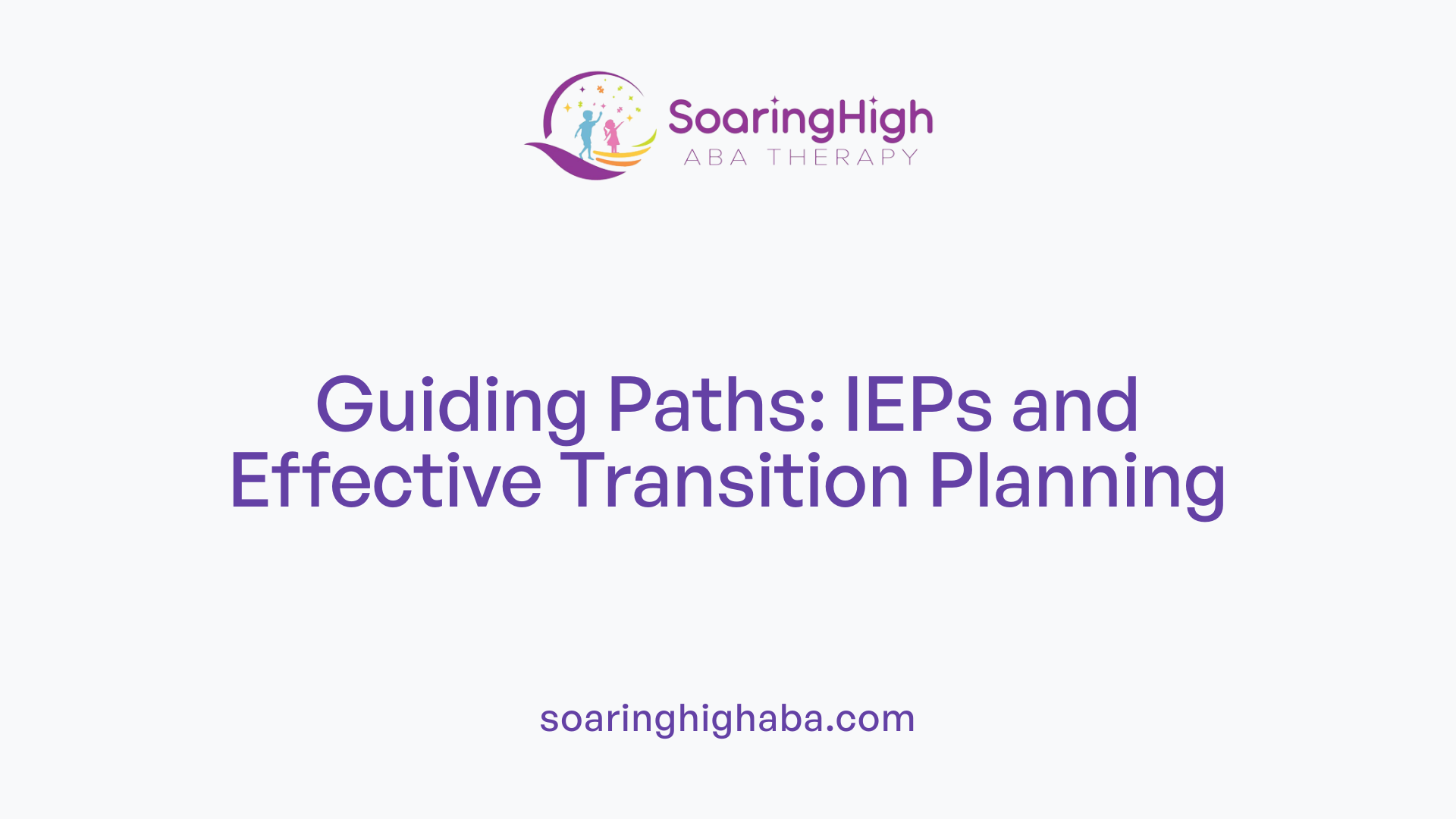
What is the Role of the IEP in Transition Planning?
The Individualized Education Program (IEP) plays a pivotal role in supporting teenagers with autism spectrum disorder during the transition from school to the workforce. For students aged 14 to 16, the IEP team should initiate formal transition planning. This includes conducting a transition assessment tailored to identify the strengths, needs, and future goals of the student.
Moreover, empowering students to actively engage in this process fosters self-advocacy skills. Teens should be encouraged to articulate their post-high school aspirations and the challenges they may face, equipping them for independent living and employment.
How Does Career Education and Experiences Fit Into This Planning?
Career education and experiences are critical components of the IEP transition plan. From the age of 16, the IEP must specify instructional experiences designed to facilitate a smooth transition from high school into the workforce. These experiences can include pre-vocational services that assess students' vocational interests and teach essential skills, such as workplace etiquette and social interactions.
With structured goals that emphasize both hard and soft skills, students can achieve greater employment outcomes after graduation. For instance, many colleges also provide tailored support to assist autistic students in their higher education journey, reinforcing the ongoing commitment to career readiness.
Innovative Tools for Enhancing Workforce Readiness
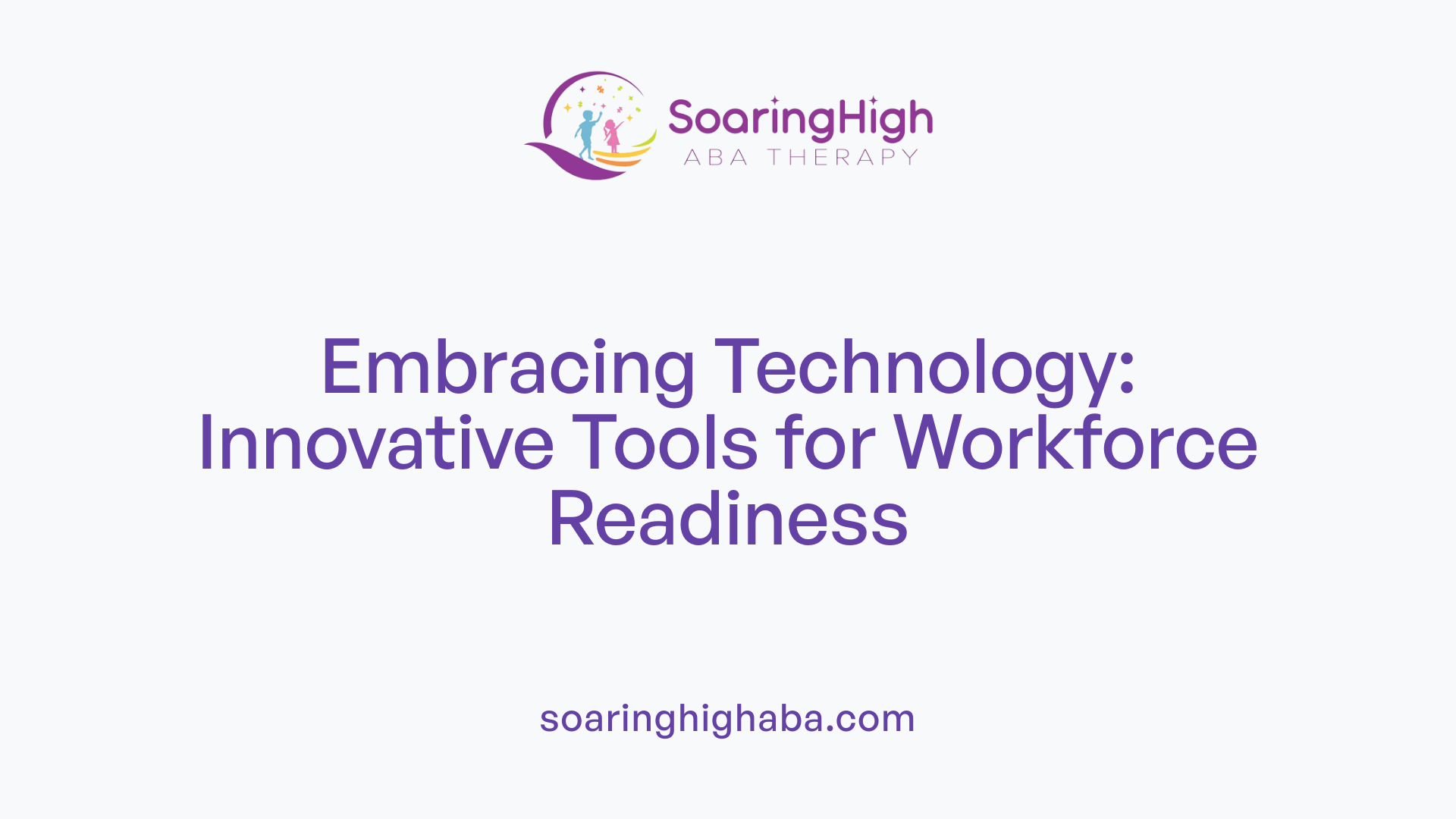
What are the benefits of the SOCIAL-Work tool?
The SOCIAL-Work tool is cutting-edge technology developed to assist teenagers with autism spectrum disorder (ASD) during their transition from high school to the workforce. Its interactive platform enables users to refine essential soft skills such as communication and teamwork, which are critical for success in modern job settings.
The training program comprises three levels:
| Level | Focus Area | Description |
|---|---|---|
| Level 1 | Understanding People in the Workplace | Teaches users about workplace dynamics and relationships. |
| Level 2 | Workplace Conversations | Focuses on effective communication strategies in various contexts. |
| Level 3 | Virtual Workday | Simulates real work scenarios emphasizing decision-making and feedback. |
How are technology advancements in ABA therapy improving vocational training?
Technological advancements continue to enhance ABA therapy, particularly in developing vocational skills among teens with ASD. For instance, virtual reality tools not only help with social skills but also provide job-specific training that prepares youths for real-world challenges, creating a more effective learning experience.
Parents and educators can leverage these innovative tools to engage students in practical scenarios, further bridging the gap between academic achievements and employment readiness.
Parental Involvement in Vocational Training
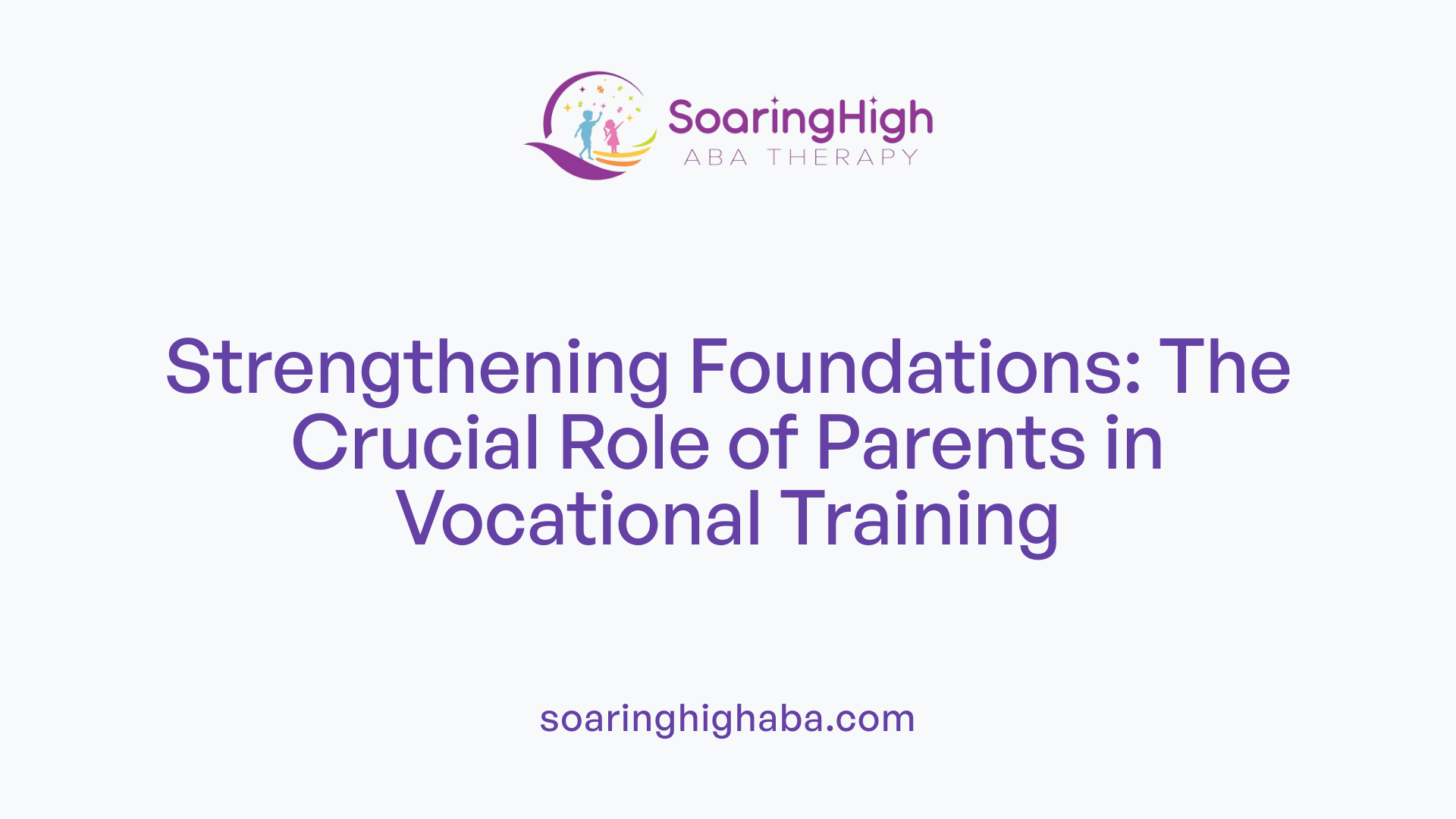
How can parents reinforce skills learned during training?
Parents play a crucial role in reinforcing the skills their teenage children learn during vocational training. Active involvement helps to cement these learned behaviors, making them second nature. For instance, parents can organize home-based practice sessions that mirror job tasks learned in training, such as sorting or organizing, which solidifies understanding.
What educational opportunities can parents support?
Parents can also aid in supporting their children’s educational opportunities by identifying programs or workshops that build on vocational skills. This may include career fairs or interactive skill-building courses. Engaging with the school's IEP (Individualized Education Program) team allows parents to advocate for services that align with their child's career goals, ensuring they have access to necessary resources.
Overall, parental involvement is pivotal in promoting independence and readiness for future employment.
The Broad Impact of ABA on Professional Preparedness
What are the goals of ABA and how does it help in professional environments?
The goals of Applied Behavior Analysis (ABA) are centered around enhancing significant behaviors that contribute to an individual's independence and quality of life. This includes developing academic, social, communication, and daily living skills. ABA takes a systematic approach, measuring observable behaviors and measuring effectiveness over time. This enables individuals, especially teens with Autism Spectrum Disorder (ASD), to thrive in various settings.
In the context of professional environments, ABA therapy proves invaluable. It helps teens learn and practice independent living skills crucial for job readiness. Through structured learning, individuals develop coping skills and alternative behaviors necessary for effective interactions in the workplace. For example, ABA can teach essential social skills like teamwork and communication, which are often the focus for employers.
How does ABA improve behavioral outcomes for teenagers?
ABA therapy focuses on both behavioral improvements and the reduction of problematic behaviors. It aims to cultivate motivation, resilience, and social competence. This forms a foundation for positive interpersonal relationships and effective communication among peers—skills that are essential for future employment.
Recent initiatives, such as the SOCIAL-Work training tool, illustrate how technology can bolster these outcomes. This virtual reality tool aids in the development of workplace soft skills, allowing users to engage in realistic scenarios pertinent to their future jobs. This multi-faceted approach ensures that teens are well-prepared for adulthood and employment.
Additional Insights on Professional Preparedness
Here’s a table summarizing some key aspects influencing the professional preparedness of teens with autism through ABA therapy:
| Aspect | Description | Importance |
|---|---|---|
| Goals of ABA | Enhance life skills, including daily living and communication | Essential for independence |
| Behavioral Improvements | Reduces problem behaviors while teaching alternatives | Crucial for workplace interactions |
| Pre-Vocational Services | Includes assessments and skill-building activities | Prepares teens for job readiness |
| Transition Planning | Formal planning in IEP for post-school success | Helps secure employment or education |
| Family Involvement | Active role of families in planning and reinforcing skills | Increases success rates |
This comprehensive approach not only aligns with the goals of ABA but also paves the way for teens with autism to achieve meaningful employment and active participation in their communities.
Conclusion
ABA therapy is a pivotal part of preparing teens with autism for the workforce by equipping them with the skills needed for success in professional settings. Through a combination of early intervention, tailored strategic approaches, and comprehensive transition planning, ABA supports teens in overcoming challenges related to communication, social interactions, and independence. The involvement of parents and caregivers in this journey significantly enhances outcomes, ensuring that teens have the foundational skills and confidence necessary to thrive in their future careers. As advancements in technology and educational tools like the SOCIAL-Work program continue, the landscape for workforce readiness for autistic teens only becomes more promising.
References
- What is ABA Therapy for Teens Really Like?
- Trajectory to Competitive Employment Ages 14-16 | Autism Speaks
- Teens with autism to learn job skills from virtual training tool
- How to Prepare Teens With Autism for Work or College
- At What Age Is ABA Therapy Most Effective? - Bluesprig Autism
- Applied Behavior Analysis (ABA) for Children With Autism
- Applied Behavior Analysis (ABA) | CHOP Research Institute




































































































